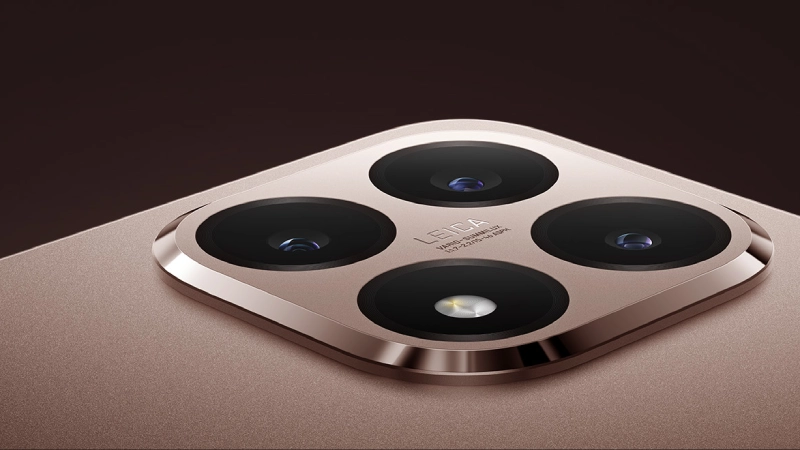Table of Contents
Highlights
- Xiaomi begins the global rollout of HyperOS 3, starting with the Xiaomi 15T Series.
- The update prioritizes new flagship devices to ensure a smooth, stable, and optimized user experience.
- Older models like the 15 series, Redmi Note 14, and POCO F7/X7 will follow later in the rollout schedule.
Xiaomi has made a bold statement about its aspirations to change the mobile-software ecosystem, as it has started the global rollout of its anticipated operating system update, HyperOS 3, beginning with the newly released Xiaomi 15T and Pro model. As noted by Xiaomi, these devices will be launched first, with other models becoming available later.
The reason this step is so exciting is not only that the 15T series will be receiving updates, but there’s also the added aspect of priority: By allowing the 15T series to travel down the pipeline to receive it first, Xiaomi’s priority seems to indicate its readiness to use the 15T as the face of the new generation of flagships, the start of the evolution of a larger software ecosystem.

For users, this means you will very likely be the first to see the refreshed features, an optimized experience, and the new design language that the new era of OSs will include with the HyperOS 3 update.
According to Xiaomi’s rollout schedule, the update for the 15T duo is set to start soon. However, as of the publication date, the OTA (over-the-air) push has not been rolled out to all regions, likely to Europe first.
Then, when the 15T’s upgrade period ends, there will be other new models in the pipeline to receive the update immediately afterward: the 15 series proper, followed by the Redmi Note 14, and lastly the POCO F7//X7 series. After the new models, even older 2024-era models of the 14 series and POCO F6 will expand farther down the rollout pipeline.
Why this update matters
HyperOS 3 isn’t merely a cosmetic upgrade. It is evidence of Xiaomi’s desire to provide a better, more integrated, seamless, and secure device experience. Xiaomi has set the perfect stage by starting with the latest devices first: new devices should be able to fully realize the update, and older devices will follow once stability and compatibility have been established. For the user, this means a smoother rollout experience, fewer bugs during early use, and improved performance in the initial stages.

What users can expect
If users have a Xiaomi 15T or 15T Pro, they can check their settings menu in the upcoming days to ensure they receive the update as soon as possible. Not everyone will receive the OTA at the same time, so they shouldn’t worry if it doesn’t appear right away.
Also, follow the typical precautions before installing a major update, including backing up essential data, ensuring enough battery and free storage space, and connecting to WiFi. First wave is a great place to be (most new features before others), but it also means things may not work flawlessly, as the latest apps are often slow to update and adapt to the new system.
The larger picture
Aside from phones individually, Xiaomi’s scheduling certainly demonstrates its plan: the newest and most premium models are first, followed by older and more mid-range products. This is similar to what many companies do, but the timing and clarity of the rollout can vary.
The staggered rollout allows Xiaomi to maintain server capacity, monitor for unforeseen issues before a wider rollout, and collect feedback from first adopters. This is practical, while some antsy fans would prefer a global release at the same time, a more staggered rollout tends to yield a more stable experience overall.

Conclusion
The global rollout of HyperOS 3 is an important step not only for the device but also for the Xiaomi ecosystem as a whole. For those with other devices from the Xiaomi, Redmi, or POCO family, they can wait as their time will come according to the timing guidelines. When that time finally arrives, they will be able to enjoy a revised interface and performance, along with the promise of a more connected software future.
In the ongoing evolution of mobile software, it is reassuring to see a manufacturer adopt a genuine timetable and begin rolling it out to the front lines. Now that HyperOS 3 is rolling out in real-time, Xiaomi’s next chapter is officially underway.